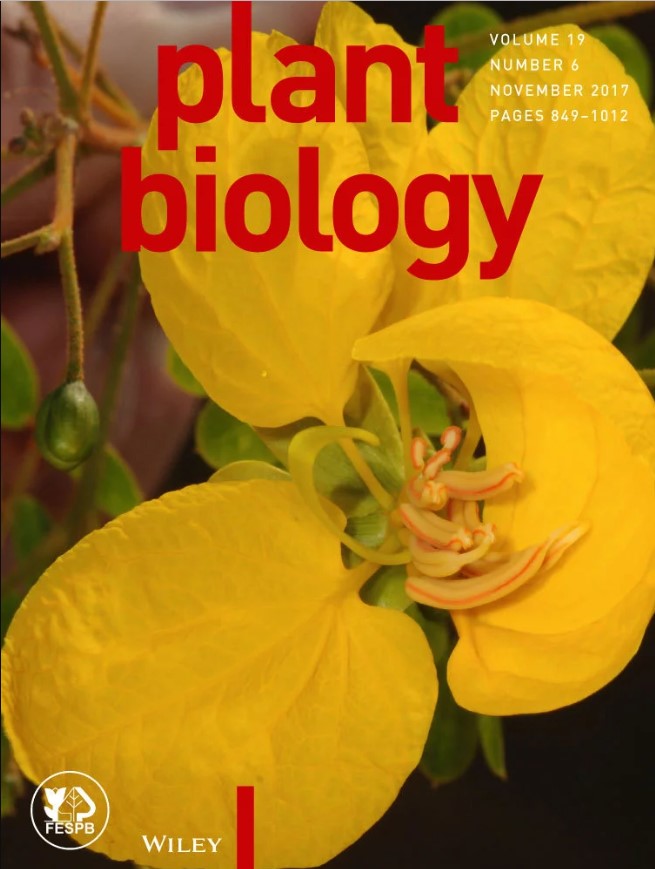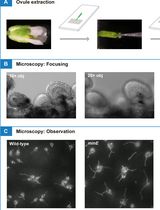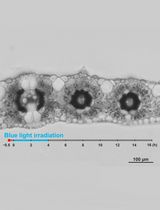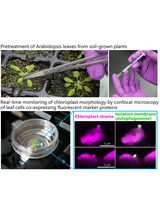- EN - English
- CN - 中文
Slow and Fast Desiccation of Single-cell Thick Fronds of Filmy Ferns
膜蕨类植物单细胞厚叶状体的缓慢及快速干燥
发布: 2018年06月05日第8卷第11期 DOI: 10.21769/BioProtoc.2872 浏览次数: 5135
评审: Anonymous reviewer(s)
Abstract
Filmy ferns can desiccate and recover after rehydration to resume photosynthesis. Slow and fast desiccation rates were compared in filmy fern fronds to determine whether structural or physiological differences may occur between desiccation rates. Slow desiccation is considered to be more similar to natural conditions experienced by plants that grow under the forest canopy. A fast desiccation rate will help to understand whether slow desiccation is important for recovery and viability.
Keywords: Desiccation tolerance (耐干性)Background
The Hymenophyllaceae is a family of epiphytic pteridophytes highly endemic to shady, constantly humid forest (Figure 1). There are some species of this filmy fern group that can survive desiccation to 20% relative water content, remain in this state for an extended period, and survive following rehydration (Figure 2) (Garcés et al., 2018) (See example timelapse, Video 1).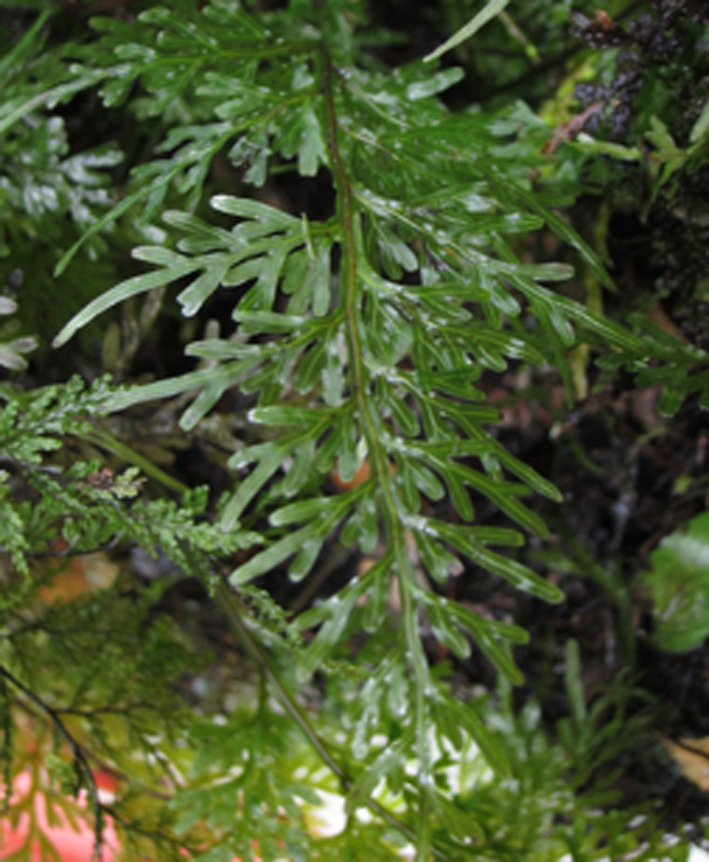
Figure 1. Hymenophyllum caudiculatum growing in nature under the forest canopy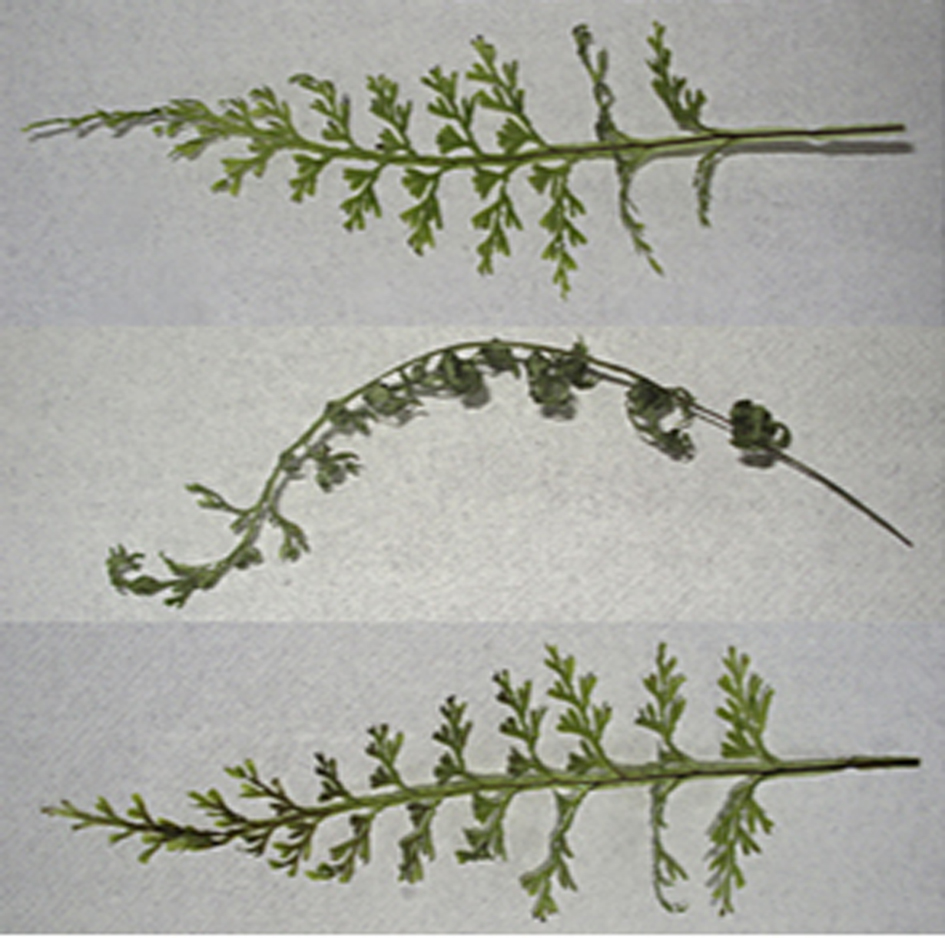
Figure 2. Detached Hymenophyllum caudiculatum fronds under different conditions (Modified from Garcés, 2014). (Top) fresh detached, (middle) desiccated, and (bottom) rehydrated.
Early studies of desiccation tolerance of Tortura ruralis examined slow or rapid dehydration on 500 mg fresh moss tissue (Dhindsa, 1987). Rapid desiccation was imposed by placing the tissue over activated silica gel granules in a desiccator (Relative Humidity [RH] of nearly 0%). Slow desiccation was administered by placing tissue samples over a stirred, saturated solution of ammonium nitrate contained in a desiccator (65% RH). A final weight of less than 20% original fresh weight was obtained in about 8 h of slow drying and in less than 30 min of rapid drying.
As ammonium nitrate is a hazardous and regulated substance in several countries, in this work, the slow desiccation solution was replaced by a saturated solution of potassium chloride (RH 75%).
Materials and Reagents
- Absorbent paper
- Petri dishes (Merck, catalog number: CORM3160-150X15 )
- Silica gel 2-5 mm (Merck, catalog number: 1077351000 )
Note: Dry in an oven for 24 h at 60 °C. - Filmy fern fronds collected from Katalapi Park, Chile (Garcés et al., 2018).
Note: Fully expanded fronds of about 20 cm long were used in this protocol. - Potassium chloride (KCl) (Merck, catalog number: 1049361000 )
- Saturated KCl solution (see Recipes)
Equipment
- Glass desiccator, amber 300 mm (W.W. Grainger, model: 5YHV5 )
- Analytical scale (Sartorius, catalog number: BP221S )
- Forced air drying oven 50 L (Biobase, catalog number: BOV-T50F )
Procedure
文章信息
版权信息
© 2018 The Authors; exclusive licensee Bio-protocol LLC.
如何引用
Garcés, M. (2018). Slow and Fast Desiccation of Single-cell Thick Fronds of Filmy Ferns. Bio-protocol 8(11): e2872. DOI: 10.21769/BioProtoc.2872.
分类
植物科学 > 植物生理学 > 非生物胁迫
植物科学 > 植物细胞生物学 > 细胞成像
细胞生物学 > 细胞成像 > 共聚焦显微镜
您对这篇实验方法有问题吗?
在此处发布您的问题,我们将邀请本文作者来回答。同时,我们会将您的问题发布到Bio-protocol Exchange,以便寻求社区成员的帮助。
Share
Bluesky
X
Copy link


